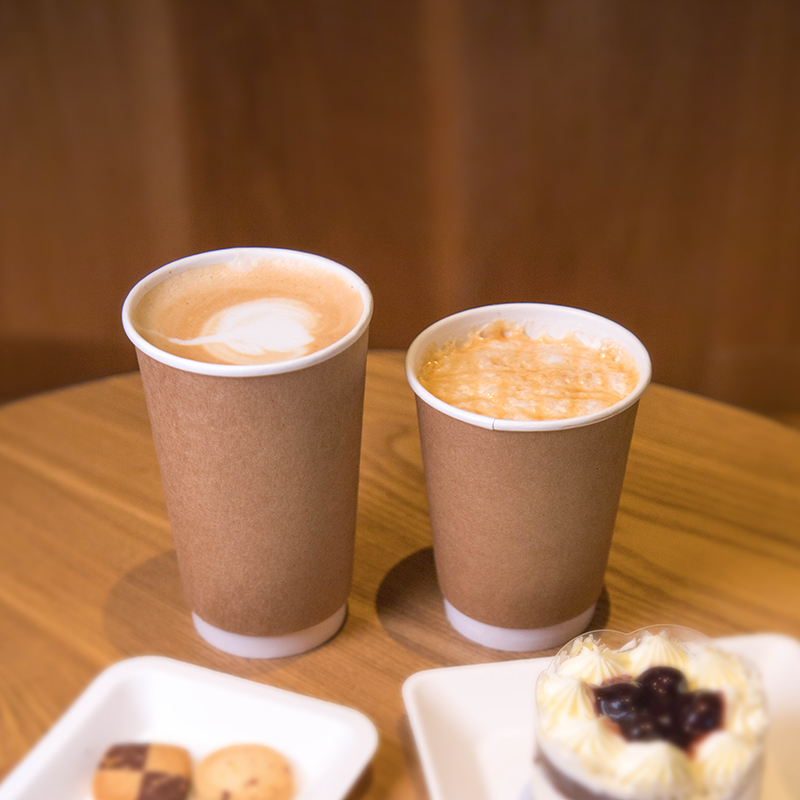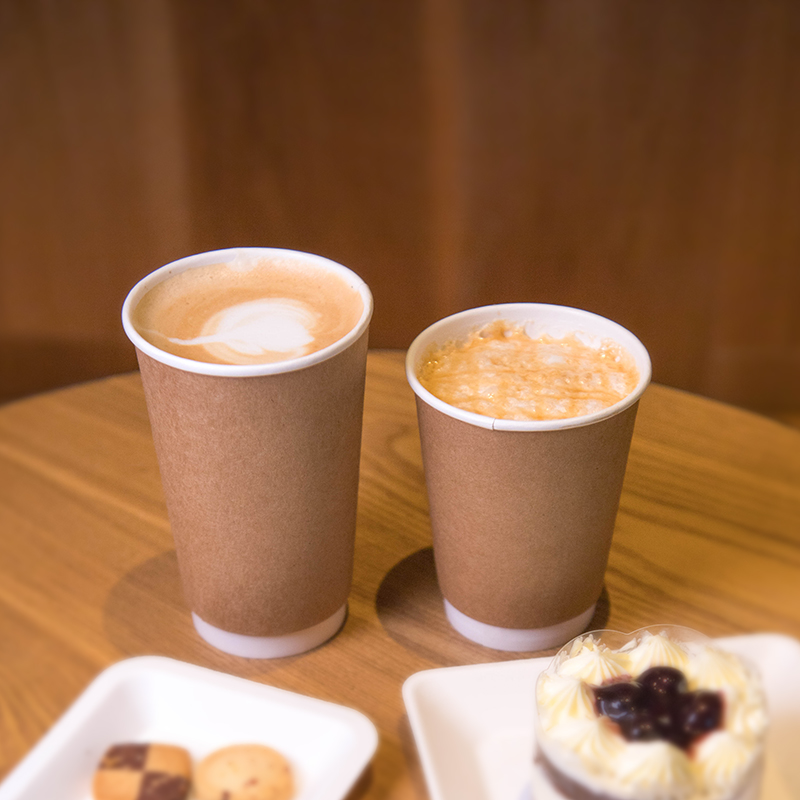The trend of skin care for sensitive skin has blown into the field of children's care
In recent years, the market for adult sensitive skin care has remained booming, and nowadays, this trend is rapidly spreading to the field of children's care. With the rise of "ingredient party parents" and the popularization of scientific parenting concepts, as well as the high incidence of pediatric skin problems, the care of children's sensitive skin has become a new growth point in the maternal and infant industry.
Modern parents are no longer satisfied with the simple "gentle and non-irritating", but pursue "precise care". They hope that the product can provide customized solutions for different age groups (0-3 years old, 3-6 years old, over 6 years old) and different problems (eczema, redness, dryness, etc.). This demand urges brands to conduct in-depth research on the development patterns of children's skin and develop more targeted products.
It is worth noting that this trend is reshaping the market landscape. Products that traditionally rely on "cute packaging" and "gentle claims" are losing their competitiveness, while emerging brands with medical endorsements, transparent ingredient lists and clinical verification are rising rapidly.

When the trend of sensitive skin care reaches the children's field, our raw material manufacturers are no longer merely "ingredient suppliers", but need to become "co-creators of children's skin health solutions". From the scientific selection of natural raw materials, to the cutting-edge exploration of technology, and then to the construction of trust that is compliant and transparent, every link needs to be centered on "children's skin safety". Only in this way can we provide brand owners with truly differentiated and competitive raw materials in this blue ocean market, while safeguarding the healthy future of the next generation of skin.
We, Anhui Newman Fine Chemicals Co., Ltd., are the top leading manufacture of carbomer and acrylates copolymer, and related polymers such as PVP K30, K 90 and PVP/VA 64. Especially our NM-Carbomer 20,2020,21 etc. are hydrophobically modified, cross-linked acrylate copolymers. In addition to the efficient thickening, suspension, they self- wet and disperses quickly in minutes, which remarkably meet formulators’ ease-use need. They have higher electrolyte tolerance and handle a higher level of surfactant actives, being ideally suited for use in formulations containing higher levels of oils, botanical ingredients such as shampoos and hair care products, and hydroalcoholic gels.
Also, we have been launching pharmaceutical grade carbomer homopolymer type A/B/C, such as NM-Carbomer 934P, 974P, 971P, 970G, and carbomer copolymer, carbomer copolymer such as NM-Carbomer TR-1P, TR-2 P, and Carbomer interpolymer such as NM-Carboemr2020NF/2020G, NM_Carbomer 10G/10NF series types. NM-Carbomers meet the requirements of major pharmacopoeia such as Chinese Pharmacopoeia 2020, USA Pharmacopoeia USP/NF, European Pharmacopoeia EP, British Pharmacopoeia BP and other relevant regulations. They have been successfully used in over the counter and pharmaceutical formulations to impart rheology modification, mucoadhesion, controlled drug release, and many other unique properties.








